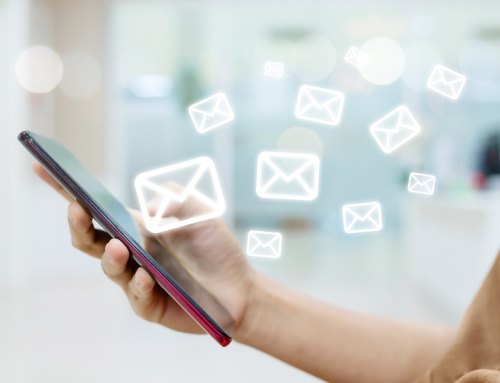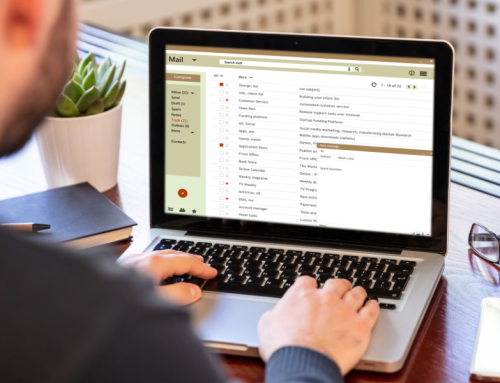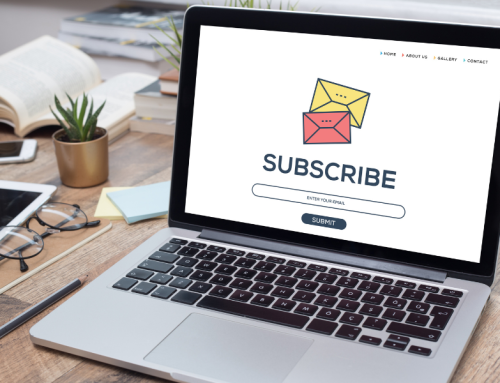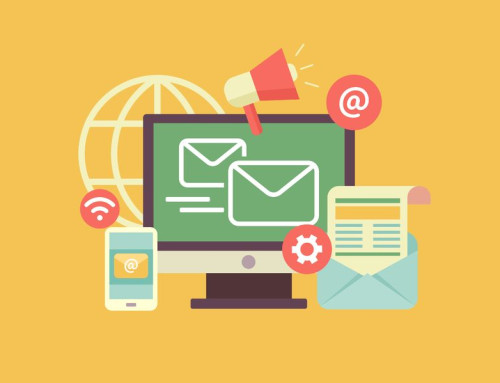Are you considering stepping into the realm of email marketing to boost your business? You’re on the right path! Email marketing remains one of the most powerful tools in your marketing arsenal.
In this guide, we’ll walk you through how to get started with email marketing, from setting up your strategy to crafting compelling content and analyzing your campaign’s success.
Introduction to Email Marketing For Beginners
Before diving into the nitty-gritty, let’s define what email marketing is and why it’s crucial for businesses today. Email marketing involves sending targeted messages to a group of people via email, aiming to nurture relationships, drive sales, and enhance brand awareness. Its importance lies in its cost-effectiveness, high ROI potential, and ability to directly reach your audience.
Setting Up Your Email Marketing Strategy
Step 1. Begin by identifying your goals and objectives. Do you want to increase sales, promote new products/services, or simply engage with your audience? Defining your goals will shape your strategy.
Step 2. Understanding your target audience is paramount. Who are they? What are their preferences and pain points? Tailor your emails to resonate with them.
Step 3. Selecting an Email Marketing Service Provider (EMSP) is your next step. Numerous platforms like Mailchimp, Constant Contact, and others offer various features. Prospectr’s RevEngine is a unique all-in-one CRM software solution for businesses of all sizes.
Choose one that aligns with your needs, such as ease of use, scalability, and pricing.
Building Your Email List
Growing your email list is essential. Strategies like creating appealing opt-in forms on your website, offering lead magnets and leveraging social media for sign-ups can significantly boost your list.
A lead magnet is a marketing term used to describe an incentive or offer that businesses provide to potential customers in exchange for their email.
The main goal of a lead magnet is to collect an email from potential customers so you can continue to send them emails in the hopes that they will eventually purchase your product or service.
Lead magnets are typically free and offer some kind of value to the audience. They can come in various forms, such as:
- eBooks or Guides: Comprehensive documents that provide valuable information on a specific topic relevant to the audience’s interests.
- Whitepapers or Reports: In-depth studies, research findings, or analytical reports that offer insights and solutions to specific problems or industry-related issues.
- Checklists or Cheat Sheets: Quick and easy-to-use lists that help users accomplish specific tasks or achieve goals more efficiently.
- Templates or Tools: Pre-designed templates, calculators, or tools that simplify a process or help users achieve certain objectives.
- Webinars or Courses: Online presentations, workshops, or courses that provide educational content on a particular subject in exchange for contact information.
- Free Trials or Samples: Offers that allow users to try a product or service for a limited period or experience a portion of it for free.
Crafting Compelling Email Content
When it comes to the text, focus on writing engaging copy. Start with attention-grabbing subject lines, followed by persuasive content that drives action. Don’t forget to optimize your call-to-action (CTA) to prompt your audience to take the desired action.
You can design eye-catching email templates that are mobile-responsive and visually appealing. Images, graphics, and a clean layout can work wonders.
If you’re just starting out, you don’t have to spend a bunch of money on this. Use tools like Canva which offers a surprisingly robust graphic design platform for small businesses.
Bottom line: Focus on the main point through the copy, and then supplement with visuals as you can. Don’t spend too much time designing if you don’t have the time or skills. People aren’t going to spend very much time here so focus your energy elsewhere.
Understanding Email Analytics and Metrics
When you send emails as part of your marketing, it’s important to know how well they’re doing. There are three main things you’ll want to look at:
- Open Rate: This tells you how many people actually opened your email out of the total number you sent. It’s like checking to see if someone has opened and read a letter you sent them.
- Click-Through Rate (CTR): This measures how many people clicked on a link or button inside your email. Imagine you put a link in your email asking people to visit a website – the CTR shows you how many actually clicked on that link.
- Conversion Rate: This one tells you how many people actually did what you wanted them to do, like making a purchase or signing up for something, after clicking on your email link. It’s like seeing how many people bought something after visiting a store because of your invitation.
To keep track of these numbers, there are tools like Google Analytics or the analytics feature in your email service provider that help you see and understand these metrics. They work like scorecards, letting you know how well your emails are performing.
By looking at these numbers, you can figure out what’s working and what’s not in your emails. For example, if your open rate is low, maybe your subject lines aren’t catching people’s attention. Or if your CTR is high but conversion rate is low, it might mean people are interested but not convinced enough to take the final step.
Understanding these metrics helps you learn what your audience likes and what makes them take action. This way, you can make changes to your emails in the future to make them more effective and get better results.
Implementing Automation and Segmentation in Email Marketing for Beginners
Email automation is like having a helpful assistant that saves time by sending emails automatically. It’s a way to personalize messages without having to send each one individually. For instance, when someone new signs up for your emails, you can set up an automatic welcome message to greet them warmly. If you run a shop online, you can create automated messages that remind customers about items they left in their cart, giving them a gentle nudge to complete their purchase. These automated emails help engage your audience without needing constant manual effort, making communication smoother and more efficient.
Segmentation involves organizing your subscribers into different groups based on things like their interests, behaviors, or where they’re from. It’s like sorting your friends into different groups based on what they like or enjoy doing. Once you’ve categorized your subscribers, you can then send emails that are specifically targeted to each group. For instance, if some subscribers are interested in specific products or services, you can send them tailored offers or information about those particular items. This personalized approach makes your emails more relevant to your audience, increasing the chances of engagement and conversions.
Combining email automation with segmentation means using automated tools to send personalized messages to different groups of subscribers. It’s like having a smart system that knows who your audience is and sends messages that they’re more likely to be interested in. By implementing these strategies, you can build stronger connections with your subscribers, provide them with valuable content, and improve the overall effectiveness of your email marketing efforts.
Maintaining Email Deliverability and Compliance
Starting your email marketing journey might seem daunting, but by following these fundamental steps, you’re on the right track. Remember, it’s a dynamic process; continuously analyze, adapt, and refine your strategies for better results.




